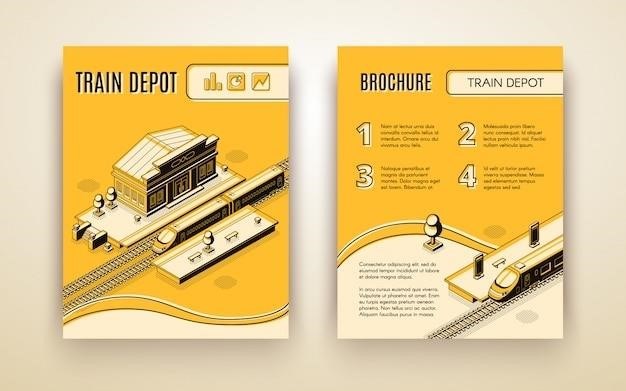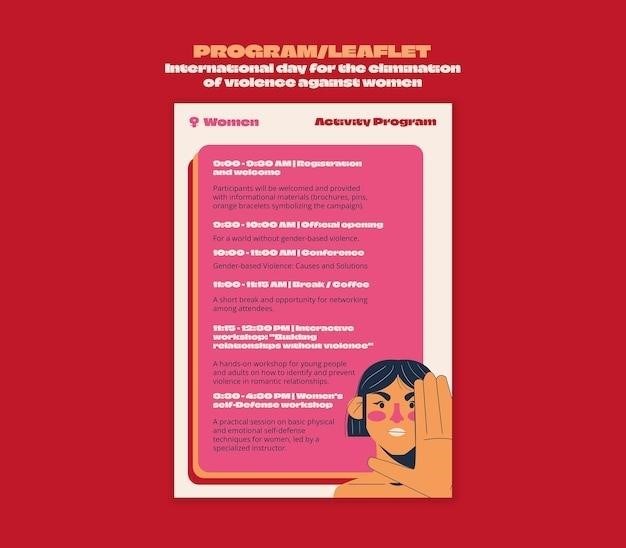pocket guide to adoration pdf
Pocket Guide to Adoration⁚ A Comprehensive Overview
This pocket-sized guide offers Catholics practical tools to enhance their prayer life and deepen their relationship with Jesus in the Eucharist. It includes prayers, spiritual practices, and insightful reflections.
The “Pocket Guide to Adoration” PDF serves as a practical companion for Catholics seeking to enrich their prayer lives and cultivate a deeper connection with Jesus Christ in the Eucharist. It aims to equip individuals with the necessary tools and resources to enhance their adoration experiences, moving beyond rote recitation towards a more meaningful and personal encounter with the Divine. This concise guide provides a variety of prayer forms, scriptural reflections, and spiritual exercises to aid in focusing the mind and heart during prayer. Whether used during a Holy Hour or personal reflection, the guide’s intention is to foster a transformative spiritual relationship. Its portable format makes it easily accessible for prayer anytime, anywhere.
Key Features⁚ Prayers and Spiritual Practices Included
This digital resource is brimming with practical aids for prayer; Included are cherished traditional prayers like the Anima Christi and the Act of Spiritual Communion, offering structured pathways to connect with Christ. Rosary mysteries are provided, facilitating meditative prayer using familiar scriptures. The guide also incorporates Eucharistic-themed scripture passages, encouraging reflection on Christ’s words and actions. The Magnificat, Mary’s canticle of praise, is included, fostering a spirit of gratitude. These elements, combined, offer a diverse toolkit for personal prayer, catering to various styles and preferences. The guide’s structure encourages both active and contemplative prayer styles.
Author and Publisher⁚ Fr. Josh Johnson and its Significance
Fr. Josh Johnson, the author, brings a unique blend of theological understanding and pastoral experience to this guide. His work reflects a deep commitment to fostering authentic spiritual growth within the Catholic faith. The publisher’s identity, while not explicitly stated in the provided text, is implied to be a Catholic publisher given the content’s focus on Eucharistic adoration and traditional Catholic prayers. This suggests a commitment to providing resources aligned with Catholic teachings and traditions. The significance of this collaboration lies in the accessibility of profound spiritual insights, presented in a practical and user-friendly format, making it valuable for both seasoned and newer practitioners of Eucharistic adoration. The combination of authorial expertise and a publisher dedicated to Catholic faith strengthens the guide’s credibility and impact.
Practical Application⁚ Using the Guide for Personal Growth
This guide provides practical tools for enhancing prayer, fostering a deeper connection with Christ in the Eucharist, and overcoming spiritual dryness.
Improving Prayer Techniques⁚ Guidance and Exercises
The “Pocket Guide to Adoration” offers practical guidance and exercises to refine your prayer techniques during Eucharistic adoration. It provides structured approaches to praying with Scripture, incorporating the Rosary mysteries, and drawing inspiration from the lives of saints. The guide helps you move beyond rote recitation towards a more meaningful and contemplative prayer experience. Learn to actively engage with God’s word and integrate these practices into your personal adoration time. Discover how to utilize the guide’s resources to cultivate a more profound and intimate conversation with Jesus, moving from simple requests to a deeper understanding and love.
Cultivating a Deeper Relationship with Jesus⁚ Spiritual Benefits
Regularly using the “Pocket Guide to Adoration” can significantly enrich your spiritual life. Through focused prayer and engagement with the Eucharist, you’ll experience a closer connection with Jesus Christ. The guide facilitates a deeper understanding of His sacrifice and love, fostering spiritual growth and transformation. Expect increased peace, joy, and a strengthened faith as you consistently practice the suggested methods. Discover the profound spiritual benefits of actively participating in Eucharistic adoration and allow the guide to be your companion on this transformative journey. Regular use can lead to improved discernment, a more vibrant prayer life, and a more profound appreciation for the gift of the Eucharist.
Spiritual Dryness and its Overcoming⁚ Practical Advice
The “Pocket Guide to Adoration” provides valuable guidance for navigating periods of spiritual dryness, a common experience for many believers. It acknowledges that faith journeys aren’t always easy and offers practical strategies to overcome these challenges. The guide suggests focusing on simple acts of faith, such as reciting familiar prayers or engaging in quiet reflection. It emphasizes the importance of perseverance and trust in God’s unwavering love, even during times of feeling distant. Through consistent use and a commitment to the practices outlined, the guide helps individuals rediscover their spiritual connection and find renewed strength in their faith. Remember, spiritual dryness is temporary; with patience and faith, you can overcome it.
The Guide’s Structure and Format
The pocket guide is compact, likely paperback, and features a user-friendly layout for easy navigation. It’s designed for portability and convenient use during prayer.
Physical Attributes⁚ Size, Binding, and Illustrations
While precise dimensions aren’t explicitly stated in the provided text excerpts, descriptions emphasize the guide’s small size, suitable for a pocket or bag. The mention of a “leather-bound” version suggests a durable, possibly high-quality binding, although other editions might exist. The repeated references to the guide being “beautifully illustrated” indicate the inclusion of images, likely enhancing the devotional experience. These illustrations might depict sacred imagery, relevant scripture scenes, or symbolic representations to aid in contemplation and prayer. The overall physical presentation aims for both practicality and aesthetic appeal, making it a cherished devotional companion.
Content Organization⁚ Ease of Use and Navigation
Although the provided text doesn’t detail the exact organizational structure, the repeated emphasis on the guide’s utility for prayer suggests a logical and user-friendly layout. The inclusion of various prayers (Anima Christi, Act of Spiritual Communion, Rosary Mysteries, Eucharistic Scriptures, Magnificat) implies a thematic arrangement, possibly grouping similar prayers together for easy access. A clear index or table of contents would likely aid navigation, allowing users to quickly locate specific prayers or sections. The compact size and potentially concise writing style contribute to ease of use, ensuring that the guide remains accessible and practical for personal prayer, even during brief moments of adoration.
Additional Resources⁚ Complementary Materials
While the provided text doesn’t explicitly mention supplementary materials included with the “Pocket Guide to Adoration,” it’s plausible that additional resources could enhance its value. A companion website could offer further reflections, audio prayers, or access to online communities for shared experiences. Perhaps a downloadable version of the guide’s content, offering flexibility beyond the physical book, might be available. Further, links to relevant websites or recommended books on Eucharistic devotion or prayer could be included. The potential for expansion beyond the core text suggests that the publishers might utilize a multi-platform approach, offering a richer and more complete experience for the user.
Reviews and Testimonials
User feedback praises the guide’s practicality and spiritual depth, enhancing prayer and fostering a closer relationship with Christ.
User Experiences⁚ Positive Feedback and Practical Insights
Many users report the “Pocket Guide to Adoration” PDF as a valuable resource for personal prayer. Positive feedback consistently highlights its ease of use and portability, making it ideal for personal reflection during daily life or formal adoration. Practical insights shared by users include its helpfulness in focusing prayer, its well-organized content, and the inclusion of diverse prayer styles. The guide’s compact size and inclusion of essential prayers like the Anima Christi and Act of Spiritual Communion are frequently praised. The ability to easily access the guide on various devices is also a key benefit mentioned in numerous user testimonials. Readers appreciate the blend of traditional prayers and modern, accessible language. Many find the guide’s brevity a strength, allowing for focused reflection without feeling overwhelming. Overall, user experiences consistently portray the PDF as a practical and spiritually enriching tool for enhancing one’s prayer life.
Expert Opinions⁚ Recommendations and Assessments
Experts in Catholic spirituality and pastoral care have reviewed the “Pocket Guide to Adoration” PDF favorably. Reviewers commend its accessibility, noting its suitability for individuals new to Eucharistic adoration as well as experienced practitioners. The guide’s concise yet comprehensive nature earns praise, with experts highlighting its practicality for personal use and small group settings. The inclusion of diverse prayer forms and scriptural references is seen as a significant strength, catering to varied spiritual styles and preferences. Several experts mention the guide’s potential to encourage a deeper understanding of the Eucharist and foster a more meaningful relationship with Christ. The integration of traditional prayers with contemporary language is also lauded for broadening its appeal. Overall, expert assessments consistently endorse the “Pocket Guide to Adoration” PDF as a valuable resource for spiritual growth and deepening faith.

















